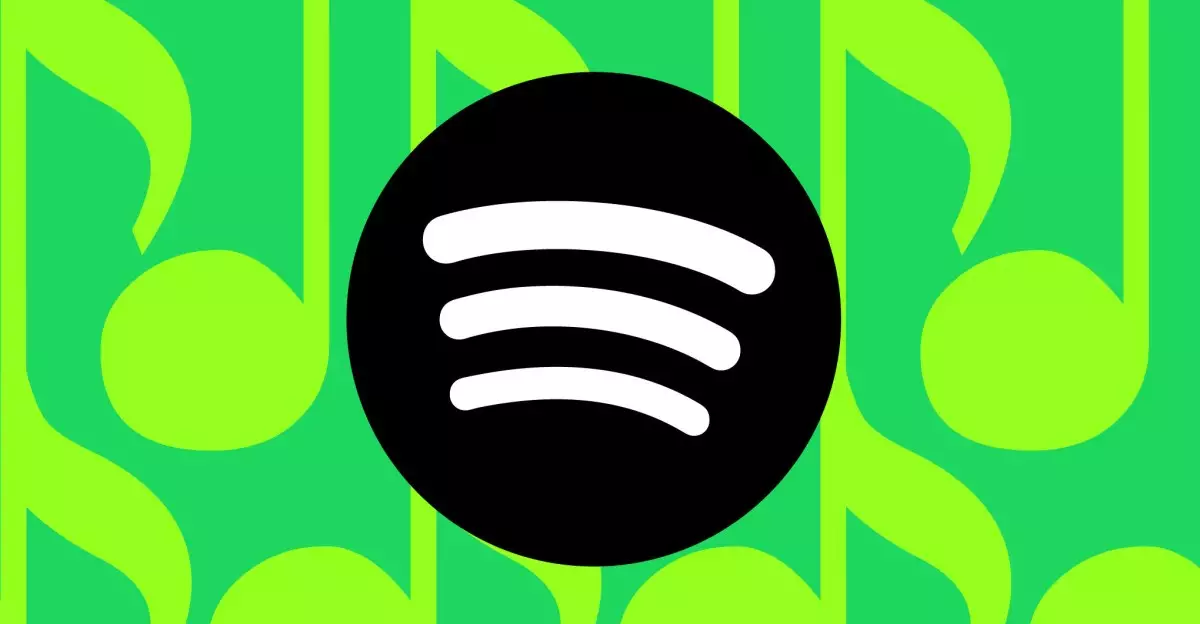The realm of music streaming has seen explosive growth, and Spotify, as a key player in this domain, is poised to introduce a new add-on by 2025: Music Pro. This development feeds into a larger narrative of competition, technological advancement, and consumer expectations that have shaped the industry over the past few years. Excitement mingles with skepticism as Spotify seeks to broaden its offerings while navigating the pitfalls of music rights and evolving listener preferences.
Since the initial announcement on February 22, 2021, Spotify’s journey towards launching its HiFi feature has been nothing short of tumultuous. Originally slated for launch within the same year, the promise of CD-quality streaming remained unfulfilled for over four years, leaving loyal users puzzled and frustrated. This delay highlights a significant aspect of the tech industry: the complexity of introducing new features amid fierce competition. As other platforms like Apple Music and Amazon Music offered lossless streaming at no additional cost, Spotify found itself in a precarious position, forced to reassess its original plan.
The lack of updates from Spotify only added to the frustrations, leading many to question its commitment to this feature. Insiders whispered of the robust testing and readiness of HiFi; however, real-world implementation was consistently sidelined, prompting speculations around music rights issues. Reports suggested that Spotify was grappling with securing necessary agreements with major record labels, further hindering the much-anticipated rollout.
In an effort to reignite interest and add more value to their service, Spotify has restructured its approach towards the Music Pro initiative. What was once a singular focus on high-quality audio has now morphed into a multifaceted offering promising an enriched user experience. Initial reports indicate that Music Pro will include features ranging from early access to concert tickets to creative tools like DJ remixing software.
This pivot also reflects a critical understanding within Spotify that high-fidelity audio alone may not entice a significant user base. Many casual listeners do not have the high-end equipment necessary to fully appreciate high-quality audio streams, leading to a potential disconnect between what Spotify hoped users desired and what users were willing to pay for. Therefore, Music Pro is being designed not just to elevate audio quality but to encompass a broader suite of features that cater to diverse listening experiences.
With Music Pro, Spotify is reportedly exploring additional features that could redefine how its users interact with music. One ambitious consideration involves offering personalized optimization for various headphones and speakers, demonstrating an intention to enhance listening conditions that might otherwise be overlooked. The app’s surveys hint at interest levels in functionalities like karaoke, which has become increasingly popular, especially in a post-pandemic world where social activities often gravitate towards communal music-sharing experiences.
As Spotify’s leadership, particularly CEO Daniel Ek, hints at an enriched experience with more control and higher quality, anticipation builds around how these changes will resonate with current users. While Spotify still faces a challenge to reclaim market share from competitors who have already established superior offerings, the company’s gradual rollout of tools and features throughout 2025 demonstrates a commitment to continual improvement.
Of course, with any addition of premium features comes the question of pricing. While it is expected that the Music Pro add-on will cost an additional $5 or $6 on top of the existing Spotify Premium subscription, users must weigh the added value against their existing options, which often provide similar features without the financial overhead. Indeed, the existing competition from platforms like Apple Music makes the success of Spotify’s Music Pro uncertain at best. Casual listeners may not be incentivized to switch back, especially if they are satisfied with their current providers.
For Spotify to thrive in this competitive landscape, it must not only deliver on its promises but also ensure that the transition to Music Pro feels seamless and worthwhile for users. Many former Spotify customers like myself have shifted to alternatives, appreciating platforms that have advanced more significantly. Re-attracting a fragmented audience would require not just a flashy feature list but a comprehensive understanding of what listeners today genuinely value—efficiency, user experience, and, crucially, music quality.
The long-awaited Music Pro initiative serves as a critical juncture for Spotify as it aims to regain traction in a crowded market. However, as the timeline extends toward 2025, listeners remain cautiously optimistic about what the platform will offer. Spotify must deliver on its elevated ambitions to meet contemporary expectations while sidestepping the pitfalls that formerly derailed its initiatives. If successfully implemented, Music Pro could well redefine what it means to be a Spotify user in the modern age of streaming music.

